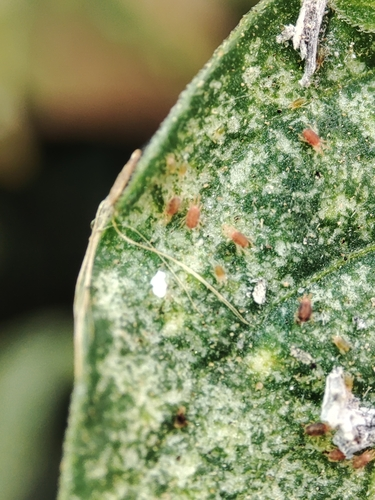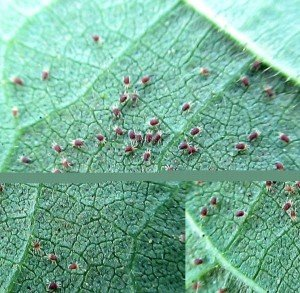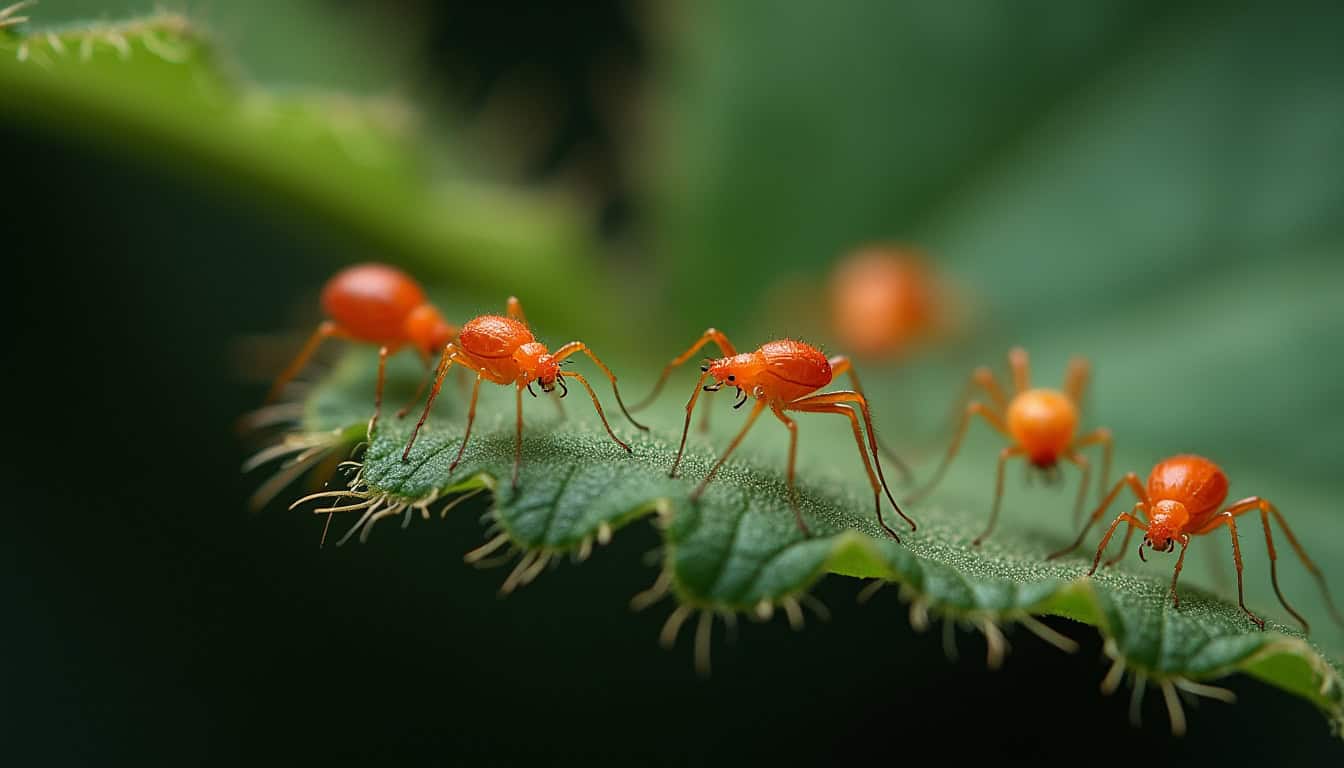Spider mites, particularly the two-spotted spider mite (Tetranychus urticae), are a persistent problem for gardeners, both in greenhouses and outdoor environments. These tiny pests thrive in warm, dry conditions and can quickly devastate plants if not managed properly.
Identifying Spider Mites
Spider mites are often hard to spot with the naked eye. They tend to hide on the undersides of leaves, where they feed on plant sap. This feeding causes leaves to turn pale, mottled, or stippled. As the infestation worsens, fine silk webbing may appear, a clear sign that the mites are spreading. While mild attacks may not cause significant harm, severe infestations can lead to leaf drop and even plant death.
Interestingly, red spider mites aren’t actually red for most of the growing season. They are typically yellow or pale green, only turning red as fall approaches. The mites’ distinct appearance features two dark spots near the front of their bodies, which gives them their alternative name: the two-spotted spider mite.

Why Spider Mites Thrive
Spider mites thrive in hot, dry, and dusty conditions, especially when plants are already stressed. They begin reproducing in spring once temperatures consistently exceed 50°F (10°C), with each generation taking roughly 55 days to mature in cooler weather. In optimal warm conditions, the life cycle can speed up, allowing mites to proliferate rapidly.
These pests prefer common greenhouse crops like tomatoes, cucumbers, peppers, and eggplants. They also target fruits such as strawberries, grapes, peaches, and nectarines, along with ornamental plants and houseplants.

Preventing Spider Mite Infestations
To reduce the risk of spider mites, the key is maintaining a clean, healthy growing environment. Since spider mites can overwinter in cracks and crevices, it’s essential to thoroughly clean your greenhouse during the winter months. Pay special attention to areas like plant staging, pots, and cane bundles, where mites can hide.
Another important preventive measure is ensuring plants are well-watered and healthy. Spider mites are drawn to stressed plants, so keeping your plants hydrated and well-maintained will discourage infestations. Providing enough space between plants allows for better airflow, which helps keep the environment cooler and less favorable for mites.
During hot summer months, it’s crucial to maintain a cool greenhouse environment. Effective shading, ventilation, and periodic dampening of pathways can help raise humidity and reduce the dry conditions that spider mites prefer.
Controlling Spider Mites
If spider mites do invade, there are several methods to control them without resorting to harmful pesticides. First, ensure your plants are well-watered to avoid additional stress. A simple technique is to spray plants with a fine mist of water, focusing on the undersides of leaves where mites tend to hide. For localized infestations, you can prune affected leaves and dispose of them in the compost.
In more severe cases, you can cover affected plants with lightweight cloth after spraying. This will trap moisture and create a temporary, humid environment that can help dislodge the mites. Repeating this process can help eliminate the pests.
Avoid using broad-spectrum pesticides, as they can harm natural predators of spider mites, such as ladybugs and predatory mites. Instead, create an inviting environment for these beneficial insects by keeping greenhouse doors and vents open.
Biological Control: A Natural Solution
For long-term control, consider introducing a biological agent like Phytoseiulus persimilis, a predatory mite that feeds on spider mites. These beneficial mites actively search for and consume spider mites, providing a natural, sustainable method of pest control.
Conclusion
To prevent spider mite infestations, ensure plants are well-watered, not overcrowded, and kept in a cool, ventilated environment. If an infestation occurs, act quickly by using water sprays, removing affected leaves, and considering biological control options. By maintaining a healthy garden ecosystem, you can minimize the impact of spider mites and enjoy a thriving, organic garden.
